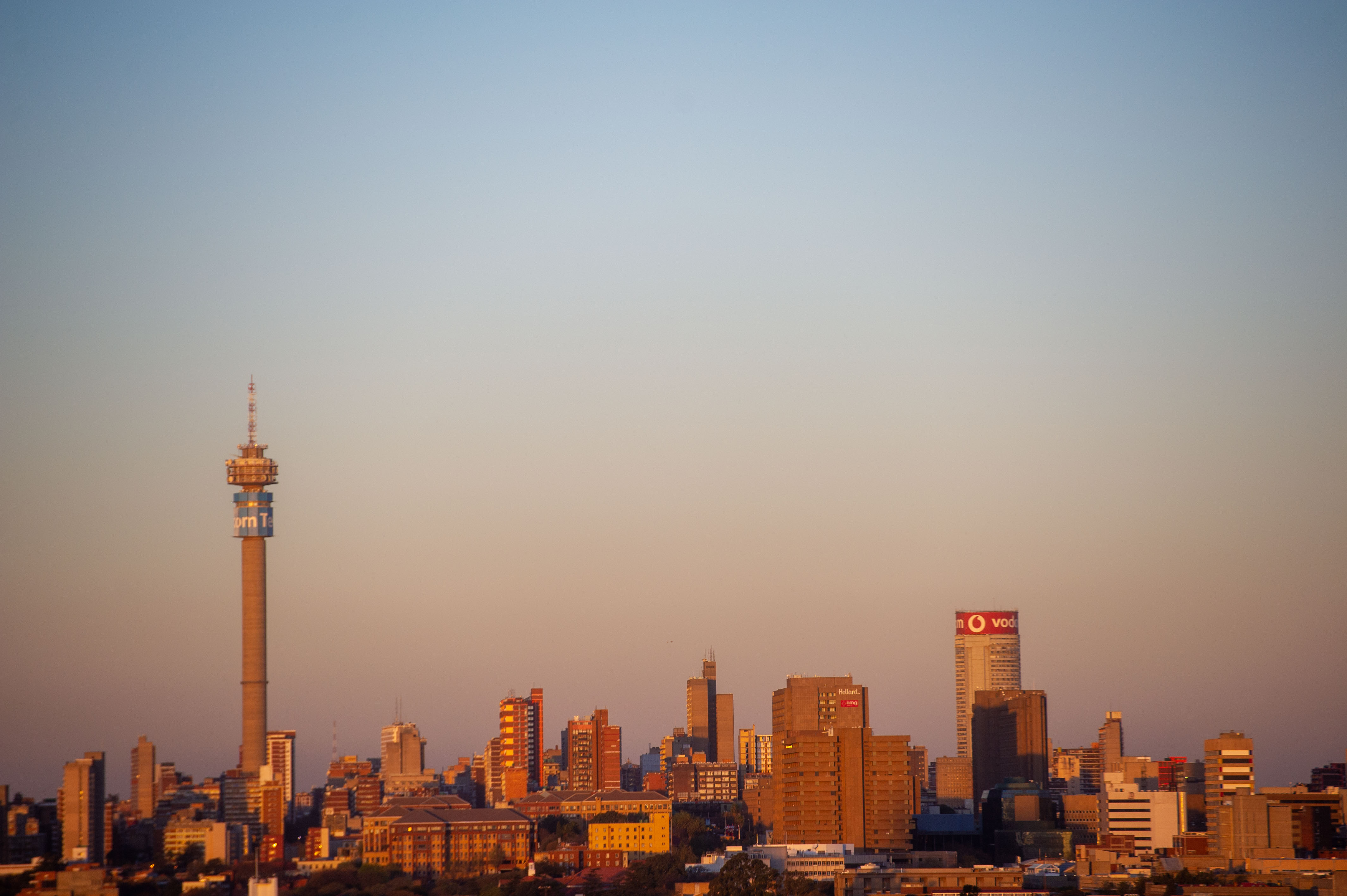South Africa’s future development and prosperity depend on the creation of districts and neighbourhoods that are inclusive, mixed-use, vibrant, and that speak to young culture and entrepreneurial spirit.
With the advent of democracy, the inner cities and central districts of South Africa were viewed as unsafe and dangerous. Many corporates and families relocated to the perceived safety of the suburbs and further afield. And in these suburbs, gated residential estates, suburban office parks and shopping centres became the norm – essentially large concrete boxes wrapped in even larger parking lots.
/file/dailymaverick/wp-content/uploads/2023/02/0000169258.jpg)
Despite a few notable exceptional pockets, the vast opportunities that exist in the private and public areas that make up the fabric of our cities and neighbourhoods are frequently overlooked.
The majority of the beauty, quality and density are already present and simply require activation. Creativity, experience, collaboration and an appropriate regulatory environment have the potential to transform our nation affordably, effectively and physically.
I am convinced that reinventing our cities and neighbourhoods is the only way to turbocharge our economy, create jobs and provide hope to millions of young people. But it is critical to understand that commerce and economic growth are by-products of creating great private and public spaces. It rarely works the other way around.
Read in Daily Maverick: “Young People, big ideas – the untapped possibilities of South African towns and cities”
I also believe that the concept of a central business district has become obsolete.
Instead, we should focus on creating multidimensional spaces where people, particularly young people, want to live, work and socialise in order to attract business. These are places that speak to our human, social and cultural needs. Places that are designed to make our cities more connected, sustainable and green foster successful, happy and safe places and people. If we do this, businesses from all over the country and the world will come to these cities, changing South Africa’s outlook, perception and story.
People crave great public spaces, and wherever we work, our starting point is not a spreadsheet but a deep dive into what is unique about this particular building or neighbourhood. Who lives there and what do they want? What is its history and what are its cultures?
Our job is to add layers that improve the experience for the people and businesses who are already there. How can we make it more interesting, diverse, multidimensional, youth-friendly, walkable and business-friendly?
Covid-19 and the accelerated pace of change brought about by technology have transformed the way we work, live, consume and think about ourselves, our lives and our families. Buildings are now competing with the virtual world and there is a huge opportunity to reinvent so many buildings across the country that are no longer relevant or fit for purpose.
The modern era has levelled the playing field and gives Africa a fantastic opportunity because anyone with an internet connection can access the entire world. South African cities are uniquely positioned to be the leading African cities that drive the economy and serve as the epicentre of new innovation, young African entrepreneurship and the future of African cities.
I passionately believe that reimagining our cities, precincts, neighbourhoods and buildings to create thriving and inspiring spaces for young South Africans to live and work is critical to the future of South Africa, its economy and its people. If we get this right by creating democratic, accessible, walkable and exciting places, we will watch South Africa grow economically, socially, culturally, and in the eyes of the world. DM/ML/MC
Jonny Friedman, a father of five, a passionate urbanist and city regeneration specialist from South Africa, and CEO of Urban Lime, has been a leading global thinker in this space for more than 30 years. Friedman has been an integral voice for appropriate and catalytic inner-city urban regeneration, nationally and internationally.




 Johannesburg skyline on August 28, 2021. Image: Gallo Images / Alet Pretorius
Johannesburg skyline on August 28, 2021. Image: Gallo Images / Alet Pretorius